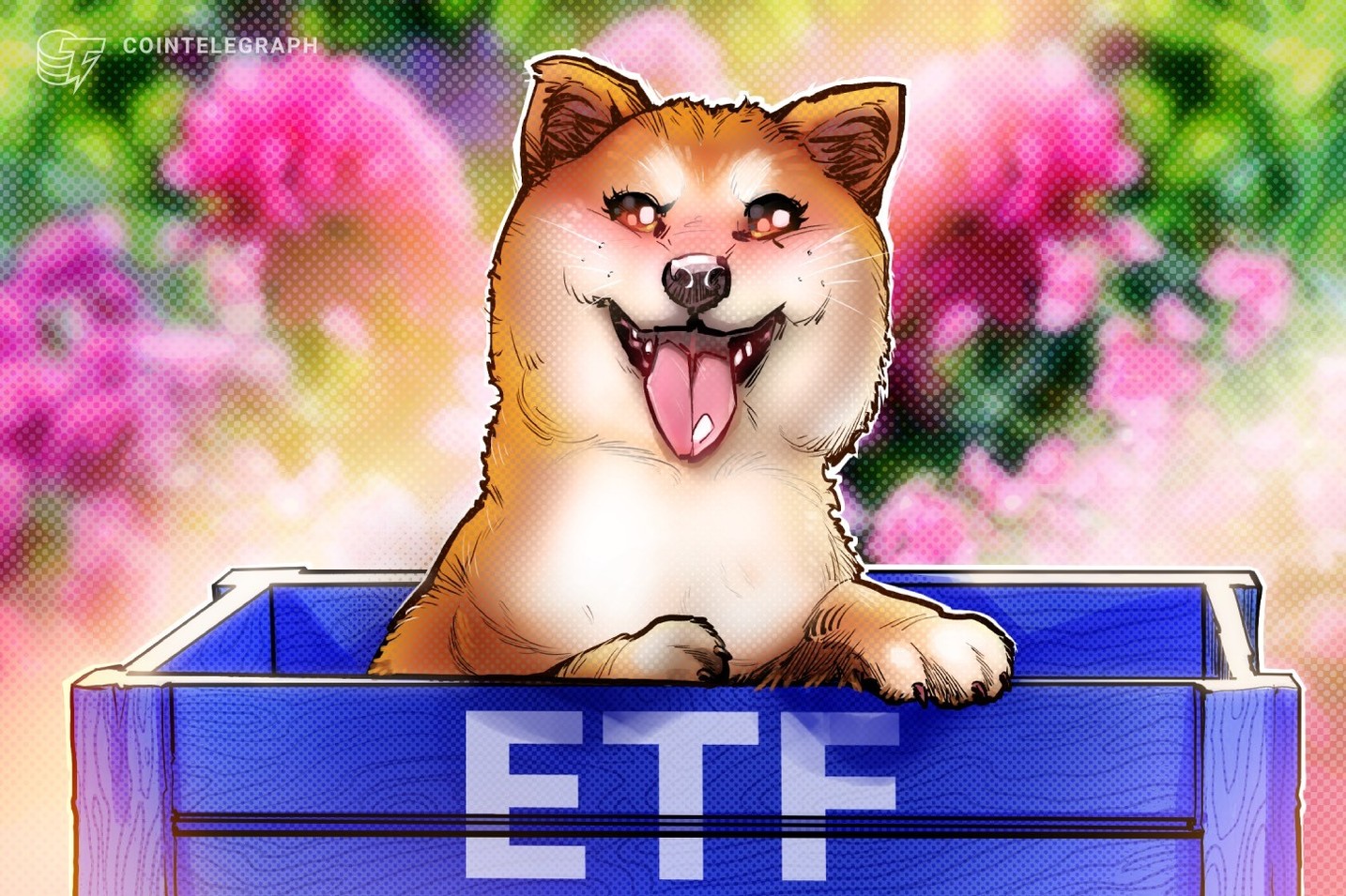
Stablecoins have become one of the most talked-about sectors in the crypto market this year. From Tether's $4.9 billion profit in the second quarter to Circle's transparent profit reporting following its IPO, these have sparked a wave of corporate coin issuance. However, can stablecoins truly offer easy profits? From Aave's GHO to various companies' own US dollars, the following article examines the structure and risks of this business.
USDC Financial Report Revealed: Everyone Wants a Pie in the Stablecoin BTC
As @_FORAB said, "USDC's biggest problem lies in its post-IPO transparency." Circle's financial reports clearly show the huge revenue generated by issuing stablecoins through interest on US Treasury bonds, which has attracted asset management companies, enterprises, and DeFi protocols to buildtheir own stablecoins and payment public chains.
In addition to MetaMask's mUSD and Wyoming's FRNT , many banks from the European Union to the United States are considering launching their own stablecoins.
Researcher warns: Stablecoins ≠ Money Printing Machines, Aave GHO Losses Demonstrate
In response, senior researcher Hasu poured cold water on this: "The idea that stablecoins are more profitable than the lending market is one of the biggest misunderstandings in the DeFi field."
He pointed out that stablecoins and the lending market are essentially "interest rate arbitrage businesses," and only stablecoins with global liquidity and acceptance, such as USDT and USDC, can truly gain additional convenience value from "transferability." Other new stablecoins still have to compete with the lending market for the same scarce capital pool:
For new stablecoin entrants, there are only two truly significant advantages: greater issuance capabilities (allowing you to borrow at a lower cost) and asset-liability management capabilities (allowing you to lend at a higher interest rate).
Hasu used GHO , launched by Aave earlier this year, as an example. Currently, the issuance cost of GHO is as high as 8%, but the actual revenue generated is only 1% to 2%. This means that for every GHO in circulation, a 6% to 7% fee is paid annually:
While launching a new stablecoin does require a cost to participate in the initial stages of its launch, it is easy to imagine how difficult it is to make a stablecoin profitable, let alone achieve a 50% gross profit margin.
He acknowledged that Aave is indeed a leader in the lending market, but this does not mean that its success can be replicated in the stablecoin field.
Analyzing the value structure of stablecoins: Who is the real winner?
According to the “stablecoin value accrual stack” model proposed by Plasma Growth Director Nathan a few months ago, he divides the value accumulation of stablecoins into four layers:

First, the biggest winners at the bottom layer, the issuers. Tether earned $14 billion in 2024 from U.S. Treasury interest alone. Then there are the public blockchains. Ethereum and Tron benefit from fees collected through fund transfers and transactions.
Next is "DeFi infrastructure," including protocols like Aave, Curve, and Uniswap, which provide basic lending, exchange, and yield farming capabilities. Finally, at the top are "B2B and B2C applications," which Nathan calls the most promising layer. From payment giant Stripe to fintech startup Revolut, they are creating real-world, widespread use cases for stablecoins.
He believes that real innovation and the greatest commercialization opportunities will ultimately appear at the top application layer, but the foundation will remain indestructible, and Tether, for example, will remain the "King of Stablecoins" for a long time.
Stablecoins are profitable, but first-mover advantage is strong
Hasu's words pointed out that even if the stablecoin market can generate huge profits, it is by no means a guaranteed way to make profits. He also pointed out through Aave's GHO that new participants must first pay a high price to grab market share.
The ultimate answer is that stablecoins are certainly a good business, but the true success lies with pioneers like Tether, who leverage deep network effects and capital advantages. Latecomers hoping to capture a share of the market must find a differentiated, hard-to-replicate approach.
The article " Is Issuing Stablecoins So Profitable? From Tether to Aave GHO: The Truth About Profits for Late-Stage Participants" originally appeared on ABMedia ABMedia .








